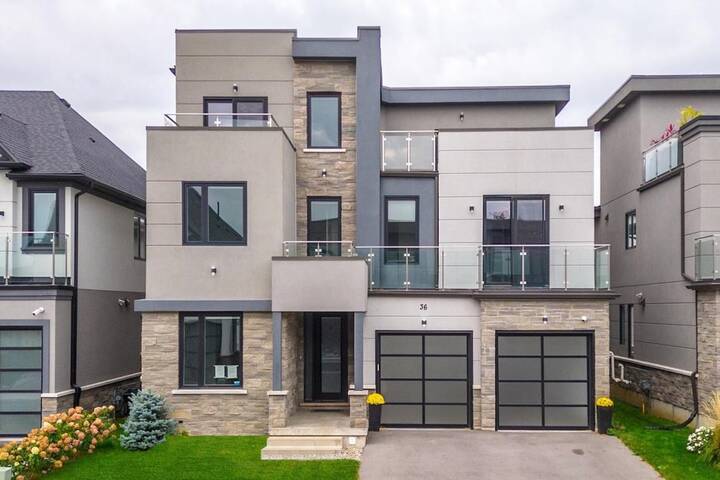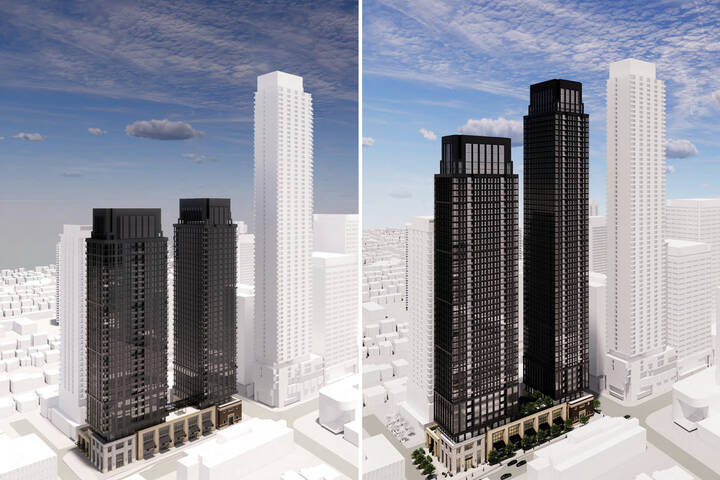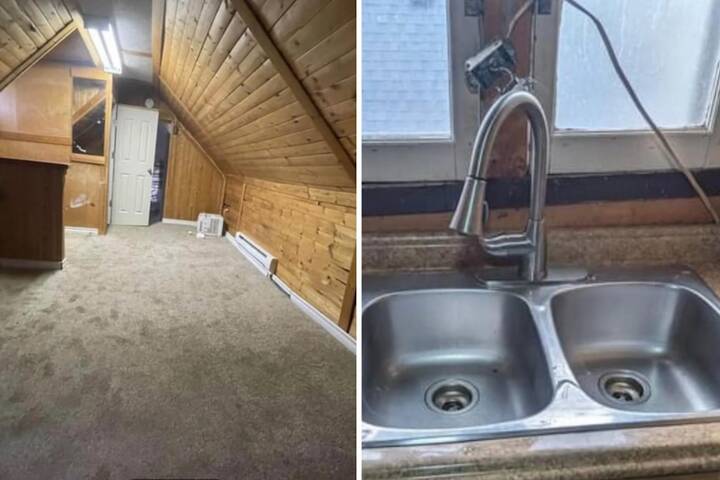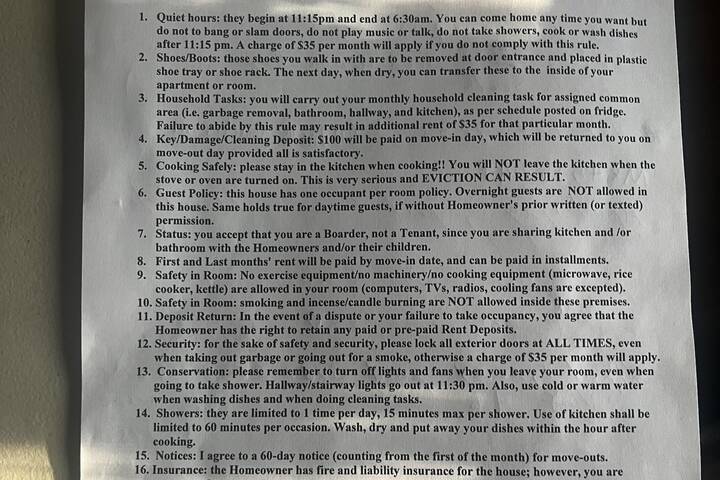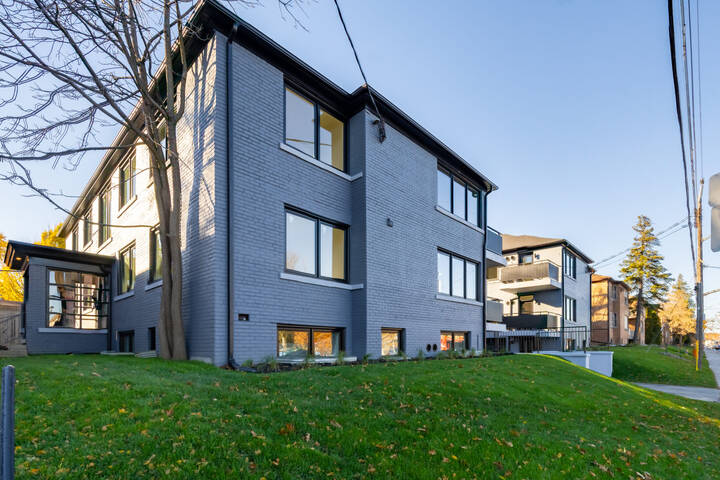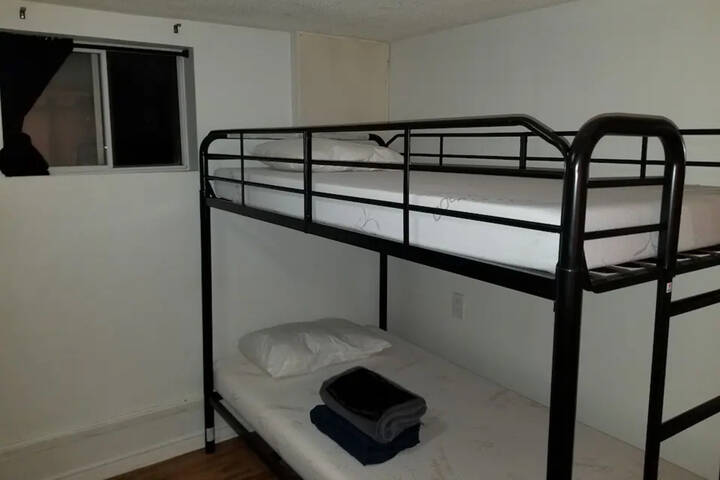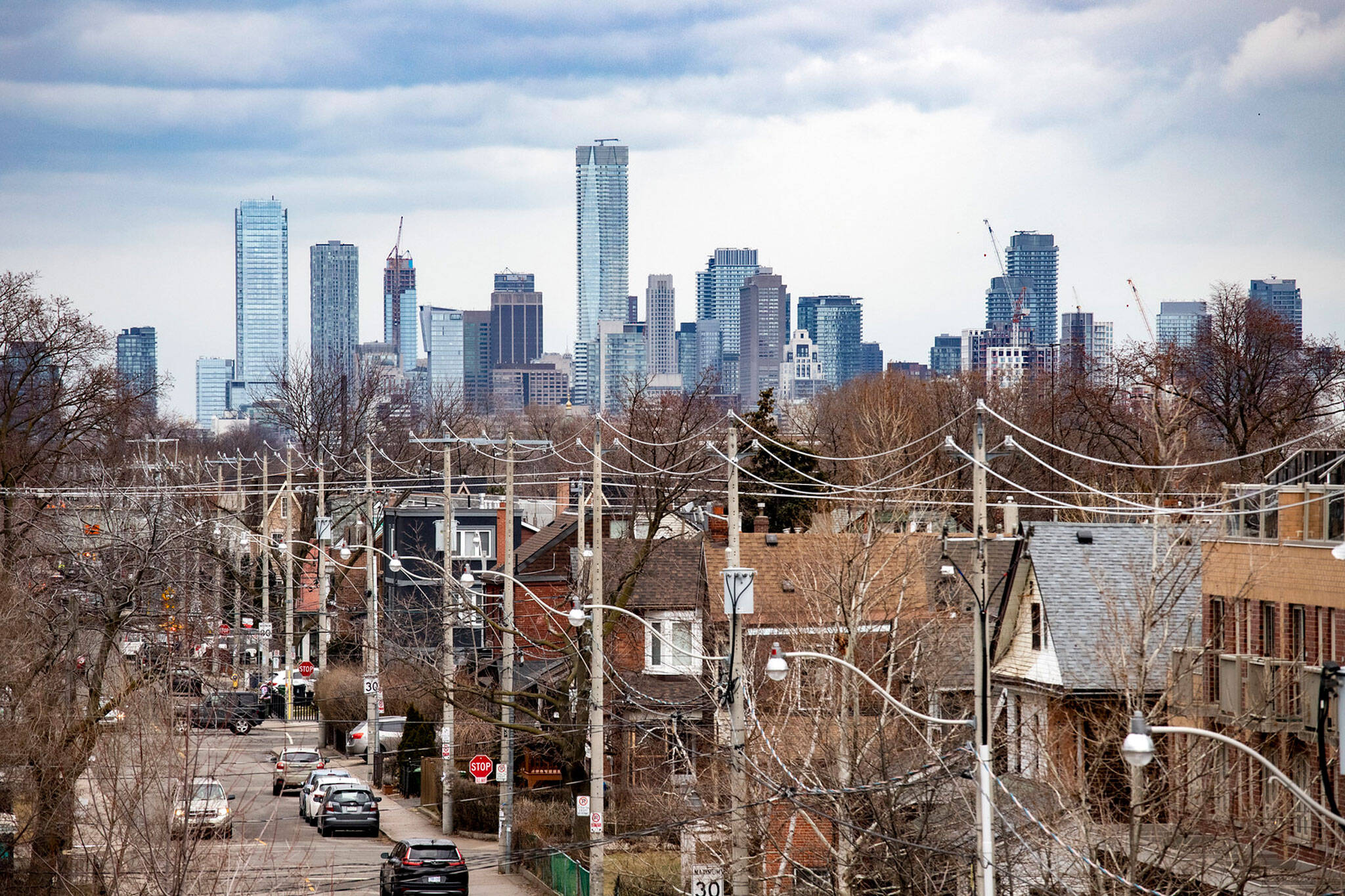
Graphic reveals the single biggest problem with Toronto's rental market
A surge in rental apartment construction since the mid-2000s has been painted as a success story by some industry experts, but it's no secret that a disproportionate share of Toronto rental units come in the form of condominiums leased out to meet a gap in apartment supply.
Things weren't always this way, though, and an infographic created by cartographer and urban data scientist Jeff Allen reveals just how far rental housing has fallen off the map in the decades since the heyday of construction in the 50s through the mid-1970s.
The graphic uses RentSafeTO apartment building registrations from the City's Open Data tool, filtered to highlight just buildings containing ten or more units, and leaving condos out of the mix entirely.
stacked bar chart of number of rental units in apartment buildings in toronto by year of construction pic.twitter.com/jM4FsAACWZ
— Jeff Allen (@JeffAllenMaps) March 14, 2023
Housing was being built at paces that would be unprecedented by 21st-century standards, with a peak year exceeding 20,000 new purpose-built rental units for the city.
This postwar boom in rental construction — which the graph shows came overwhelmingly in the form of private rental developments — came screeching to a halt with the introduction of the Residential Premises Rent Review Act 1975.
Further tightening of rent control in the 80s and 90s, along with the rollback of tax incentives encouraging affordable rental construction, practically eliminated private rental developments from the landscape in the final decades of the century as such projects became much less lucrative.
In the wake of these changes, Toronto Community Housing quickly became the majority builder of rental housing in Toronto. However, the ensuing 2000s housing boom would once again shake up the system.
Rent control and NIMBYism in chart form.
— Alex (@Freegarenskinz1) March 14, 2023
Also, condos have replaced apartments due to rent control, a landlord can't move into an apartment, an investor can move into a condo.
Starting in the early 2000s, private rental development experienced a resurgence, and by the mid-2010s, new-build projects, specifically a wave of luxury rentals, were appearing in greater numbers across the city.
Rental housing starts hit another snag in 2017 when then-Premier Kathleen Wynne's Ontario Liberal government introduced its Fair Housing Plan, introducing rent control on all units constructed after November 1, 1991, and closing a loophole that had quietly existed for years.
These changes were undone by Doug Ford's PC government shortly after it gained power in 2018, scrapping rent controls on all units built and occupied after November 15, 2018.
The effects of these recent revisions can be clearly seen in the infographic, showing a progressive climb in private rental construction in the 2010s before falling off and regaining momentum the following year.
But the graph makes it clear that despite some gains in private housing development, the city is gaining, at most, a few thousand new rental units per year.
In contrast, industry experts expect a record 32,000 new condominium units to come online in the Greater Toronto Area this year alone, thousands of which will undoubtedly find their way onto the rental market.
This is a great visual explanation of the current situation.
— Paul (@ekkridon) March 14, 2023
And in a city with sky-high property values, it's no secret why developers are leaning heavily on condominium sales, where they can get current market value for units instead of banking on long-term rent price increases to get a return on their investment.
Latest Videos
Latest Videos
Join the conversation Load comments


